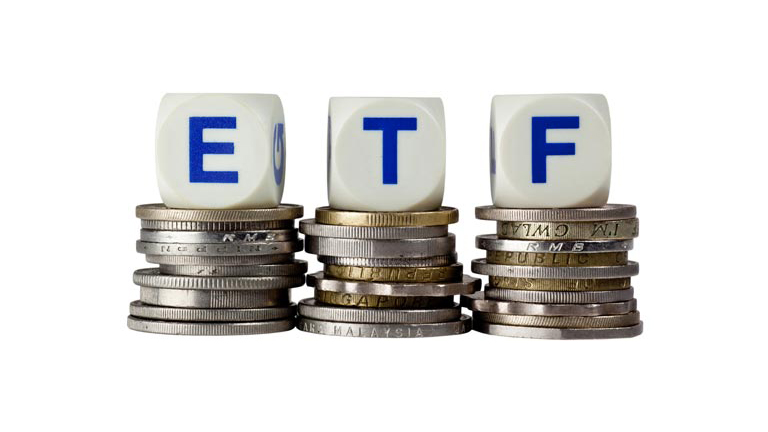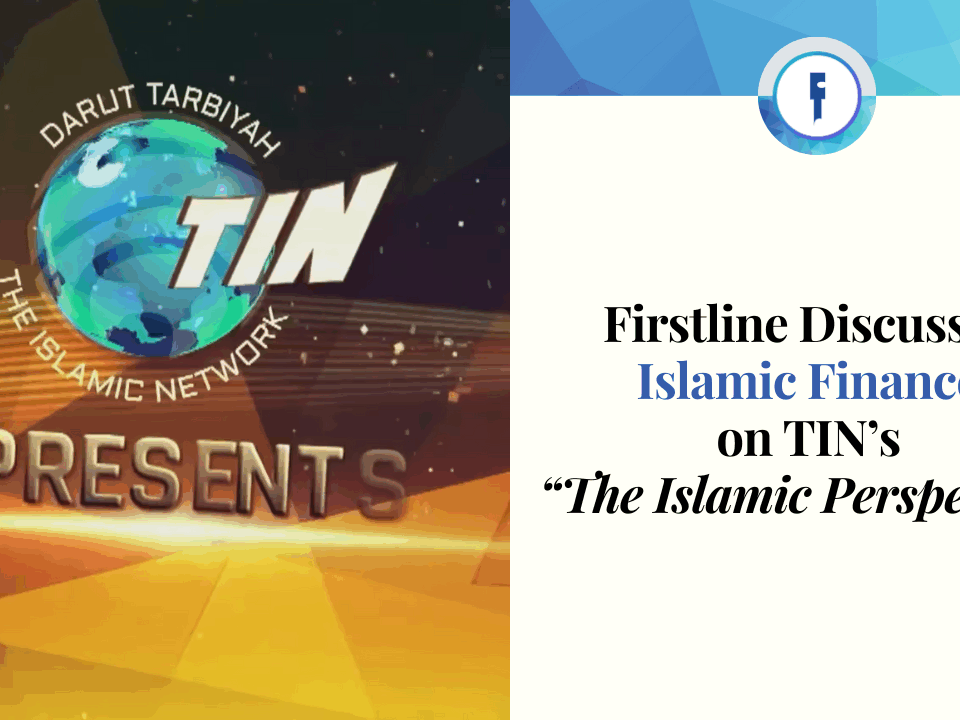Doing a quick survey with family and friends, I realised that there was very little known to the average investor about Exchange Traded Funds (ETFs) and how they compare to Mutual Funds. When on the hunt for better returns the typical investor normally looks to Mutual Funds. Let’s take a look at these two and examine their similarities and differences.
An ETF, or exchange-traded fund, is a marketable security that tracks an index, a commodity, bonds, or a basket of assets like an index fund. Unlike mutual funds, an ETF trades like a common stock on a stock exchange. ETFs experience price changes throughout the day as they are bought and sold. Traditionally ETFs have been Index funds, but in 2008 the U.S. Securities and Exchange Commission began to authorize the creation of actively managed ETFs.
The underlying assets (bonds, stocks, gold bars) are owned by the ETF and divides ownership of itself into shares that are held by the shareholders, they indirectly own the assets of the fund. Their ownership interest in the fund can easily be bought or sold.
As a review, a mutual fund is an investment, which contains a pool of different shares of individual stocks and or bonds, which are specifically chosen by a Fund Manager or the funds’ management team.
Over the past year I have encountered several investors that have found themselves in a situation where their U.S. Mutual Fund provider no longer offers mutual funds to non U.S residents due to the complications that may arise when taxing these funds and complying with tax rules and regulation. This has forced investors to consider alternatives such as ETFs.
So what should you consider if you are thinking of switching your U.S. Mutual Fund Investment to an ETF?
The biggest concern most investors have when comparing ETFs to Mutual funds is “are they more risky?” The Financial post stated in an article “Some investors believe that mutual funds are somehow safer than ETFs. But water is wet regardless of its container. A mutual fund holding stocks will be as risky or safe as an ETF holding stocks.” Financial experts have mixed opinions on which is more risky.
One aspect of risk that must be considered with ETFs however is the premium /discount volatility (changes in the difference between the market price to ETF shares and the market value of the underlying assets.)
Other key comparisons are:

ETFs have gained a lot of popularity over the years and more and more investors are taking advantage of the benefits they offer over mutual funds such as lower fees and less tax liabilities. There are now a wide range of ETFs available on the international market. Recently the morning star ranked Powershares QQQ ETF as one of the top large market capitalisation (large-cap) ETFs, the graph below shows the growth in the size of the ETF since its inception in 1999 to present day. The fund started out with a total asset value of 1.331 billion and currently has 51.139 billion assets under management that’s an average of 22% annual market capitalisation growth over the 18 year period.

Here in Trinidad and Tobago Unit Trust Corporation ‘s launched the first local ETF in 2015 Calypso Macro Index fund, but as investors search for better returns and lower fees I suspect we can look forward to more being launched and becoming available.




